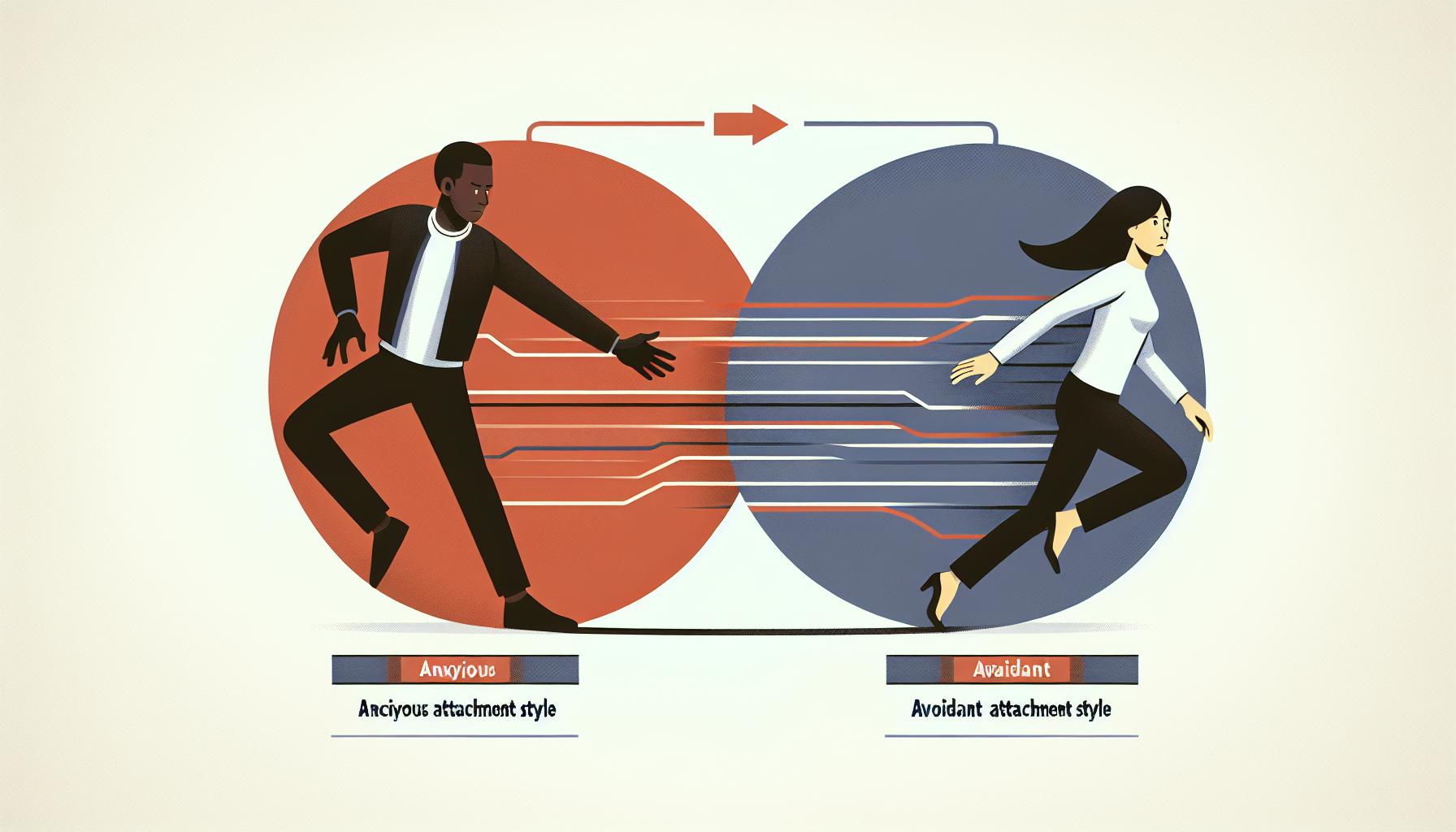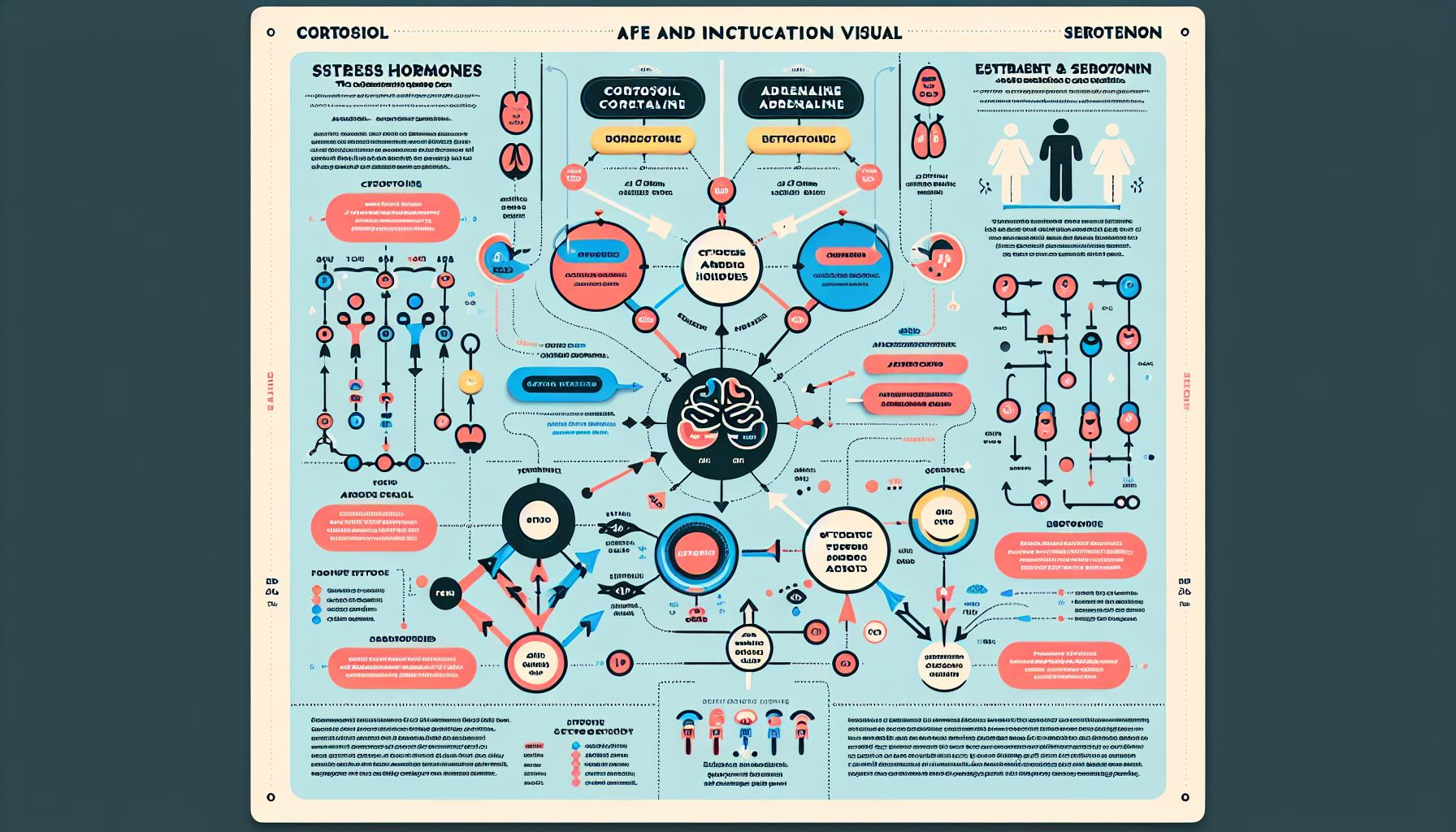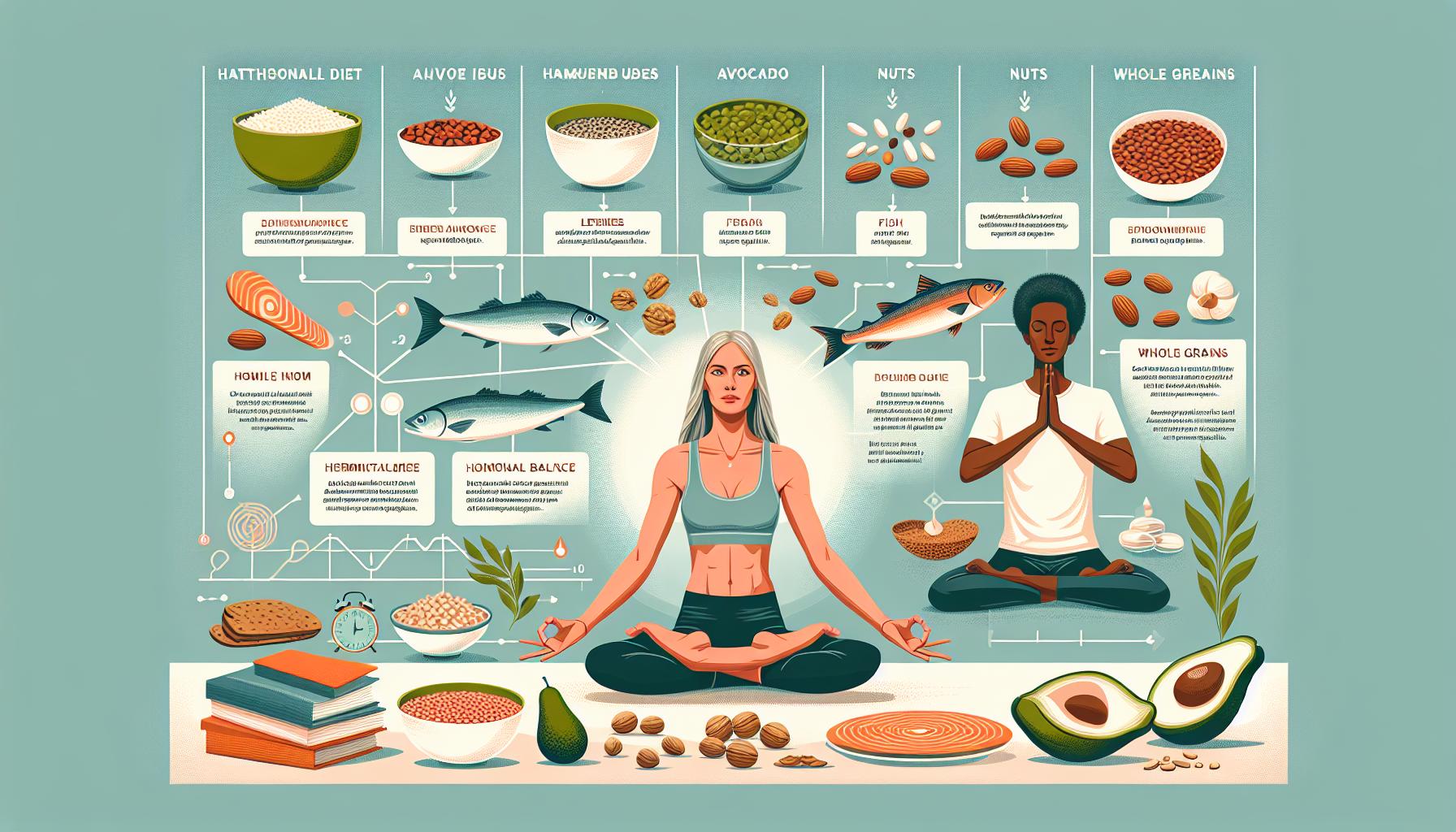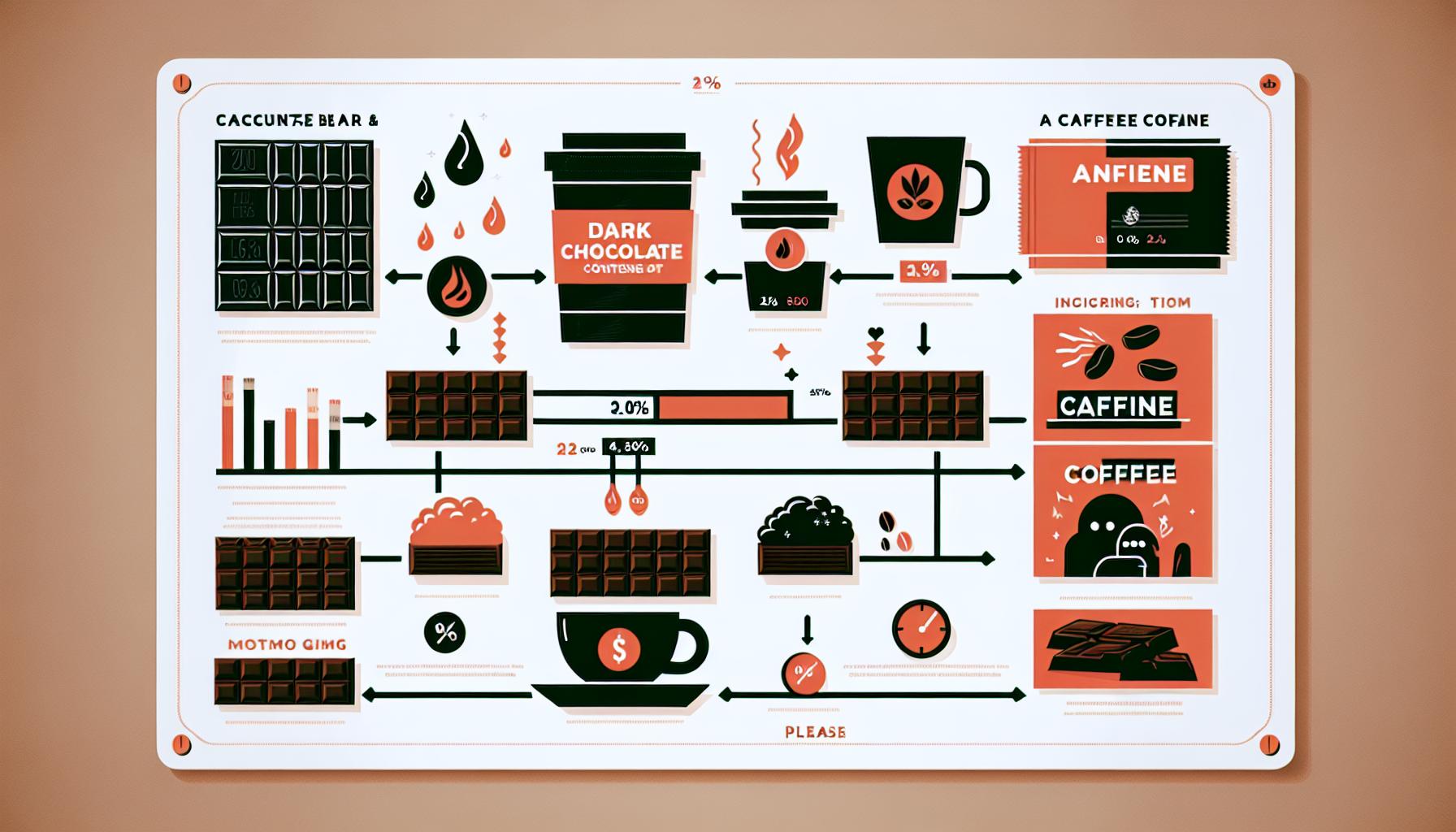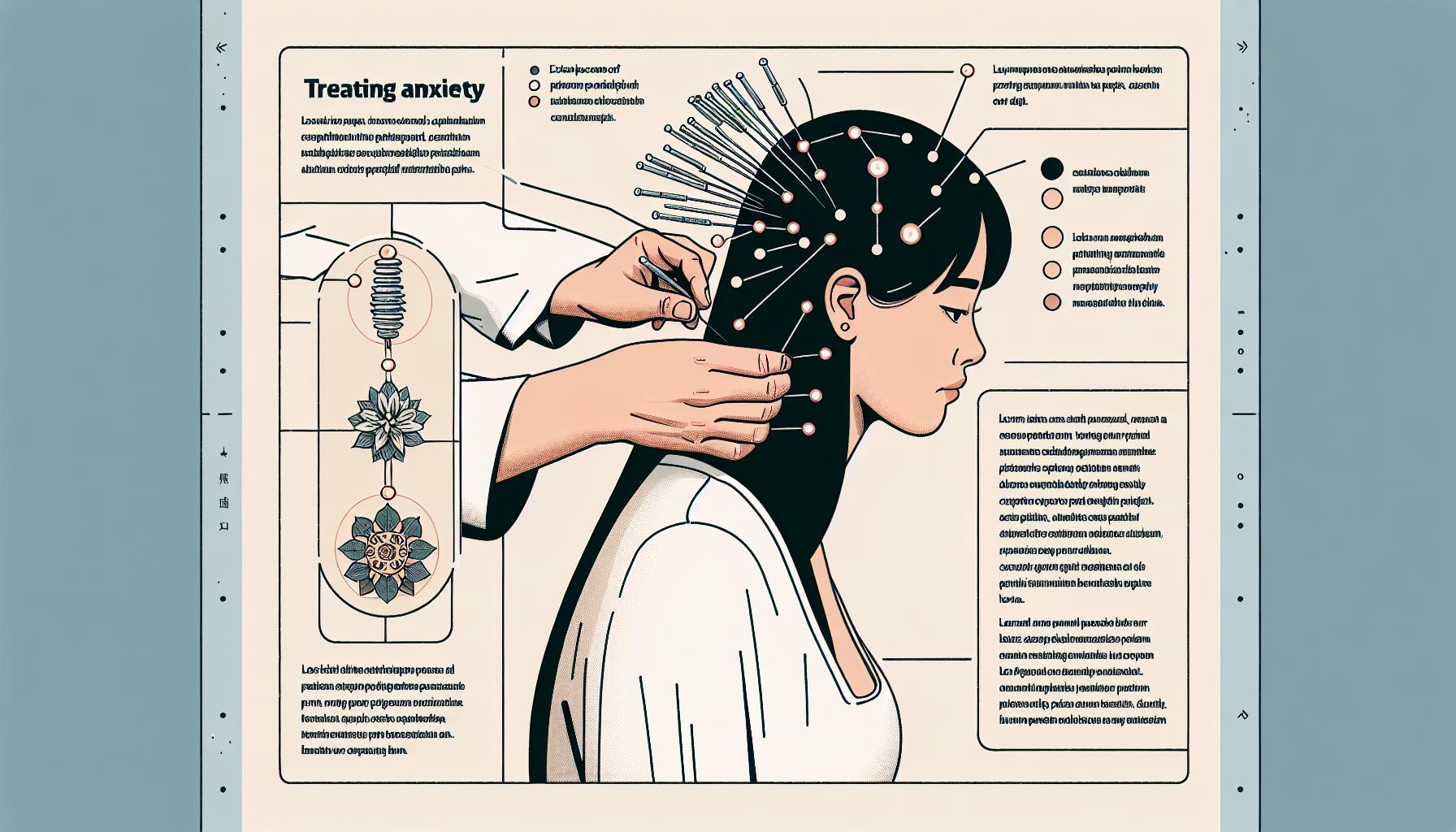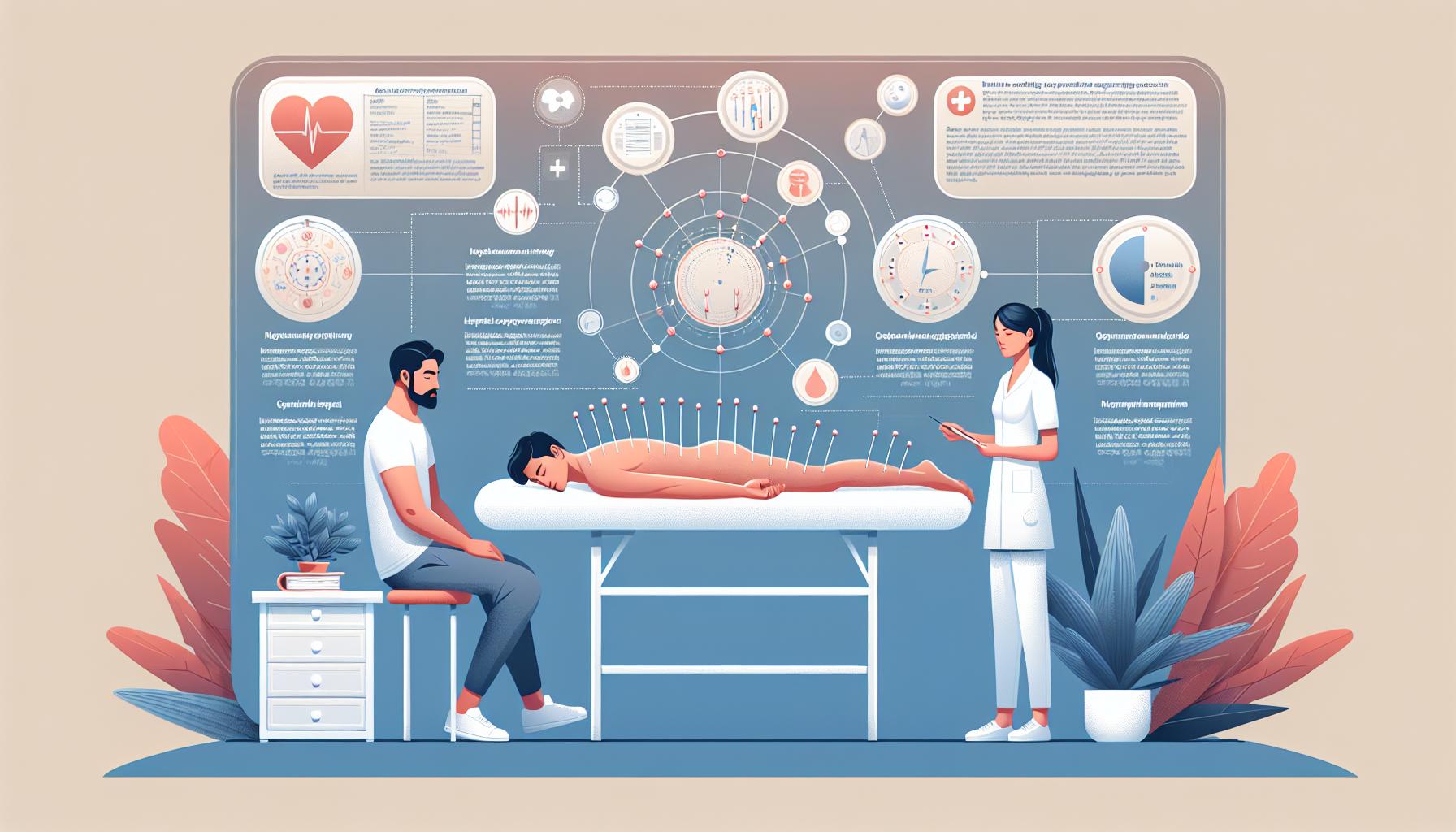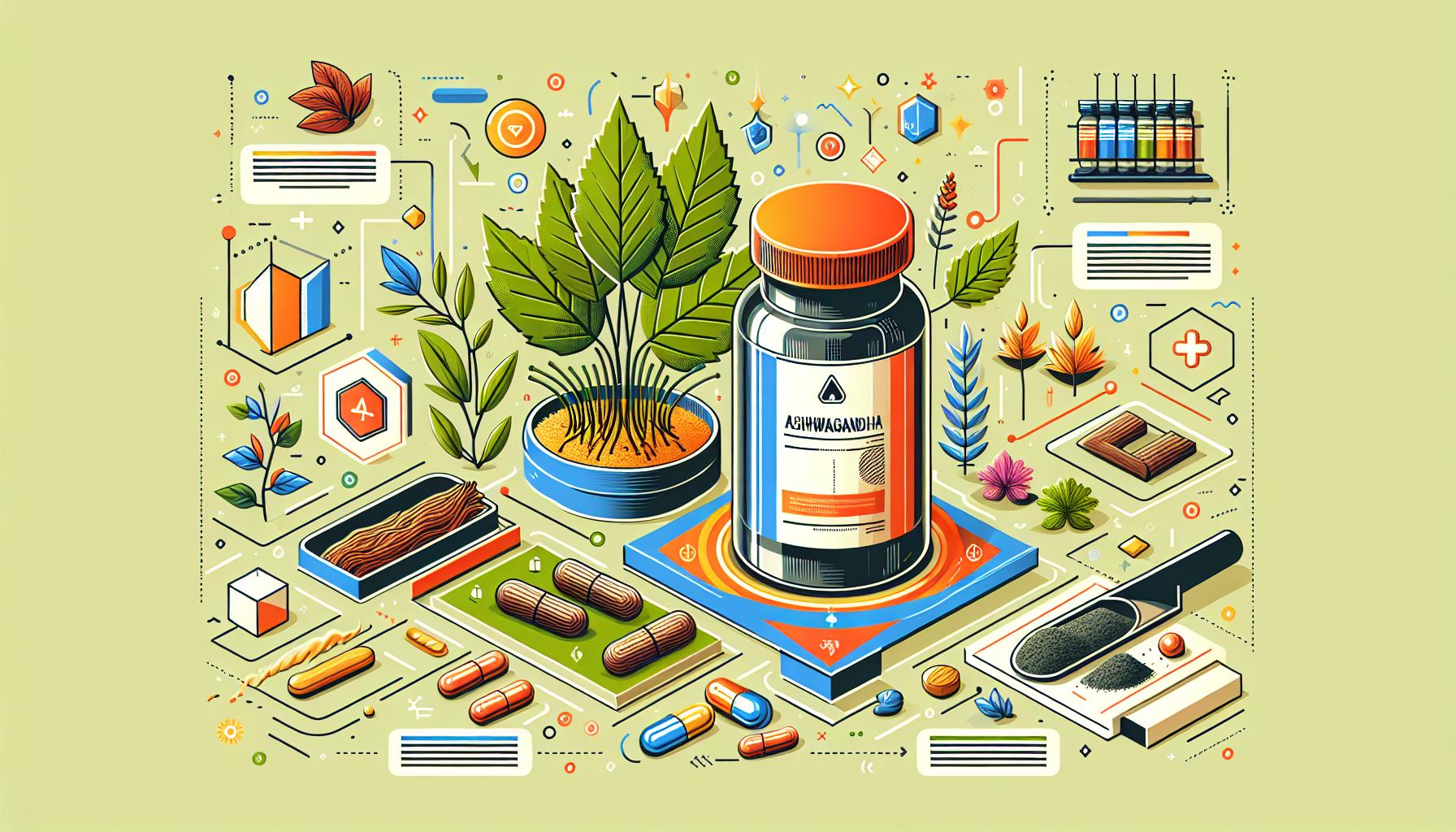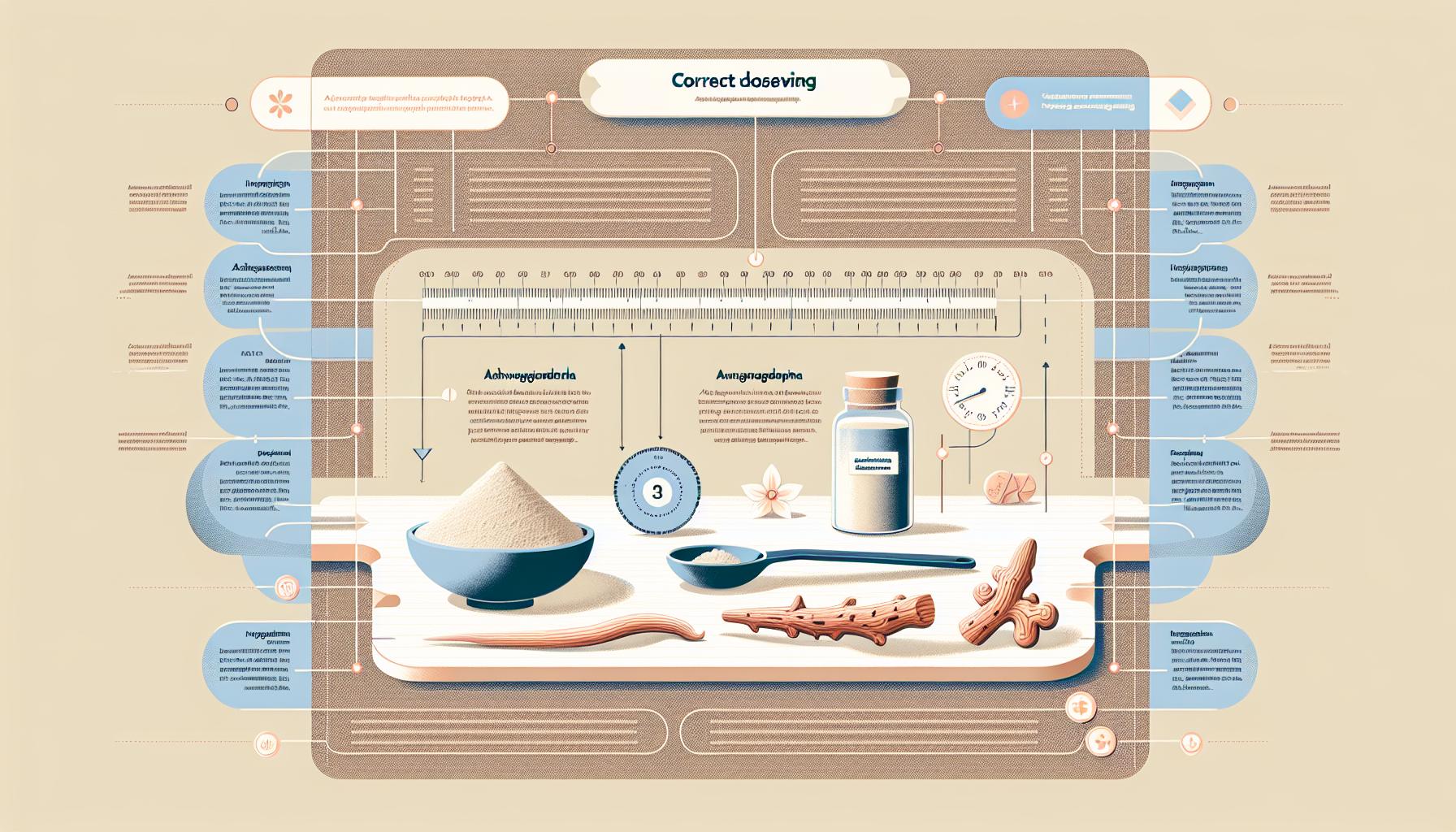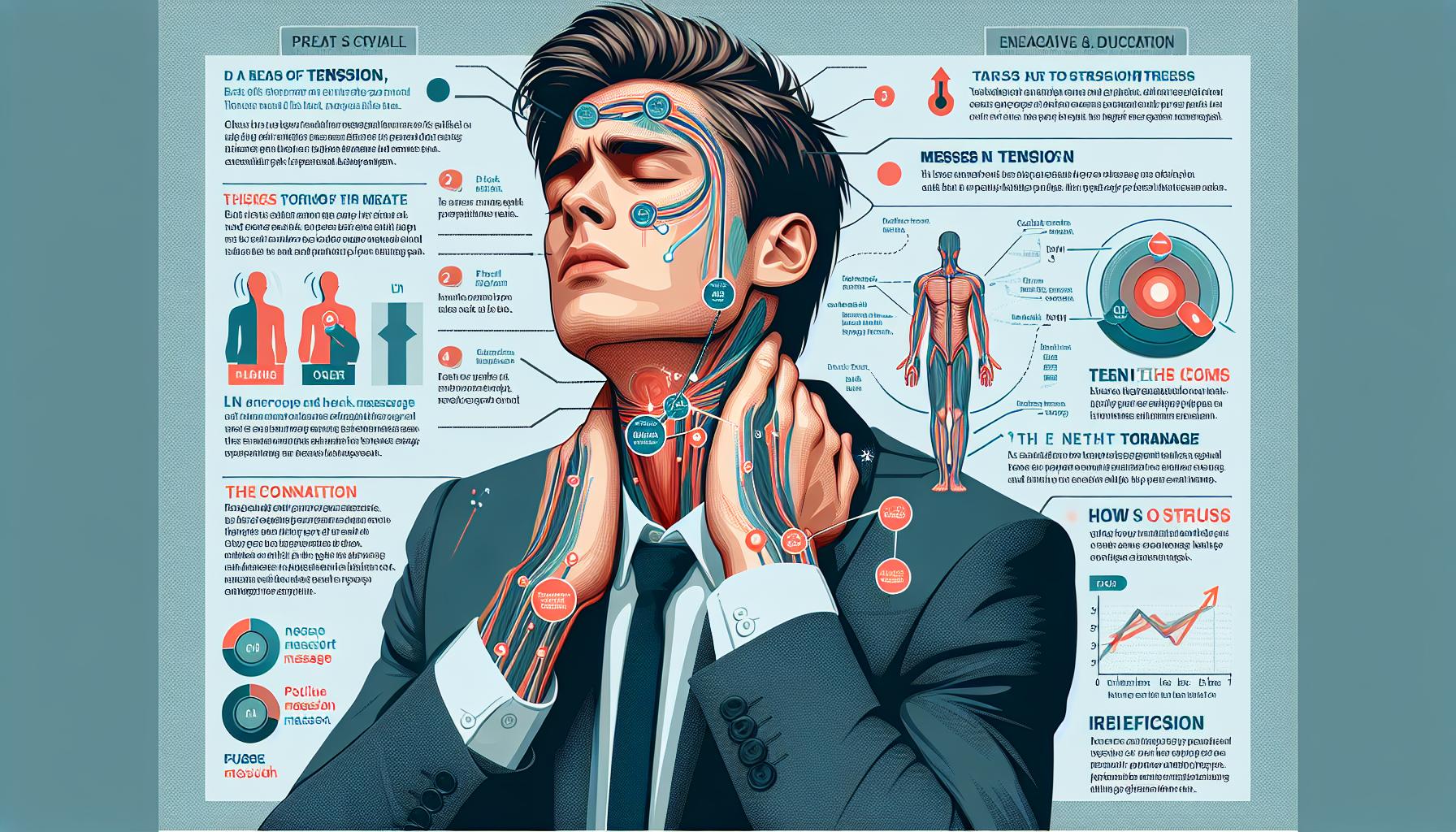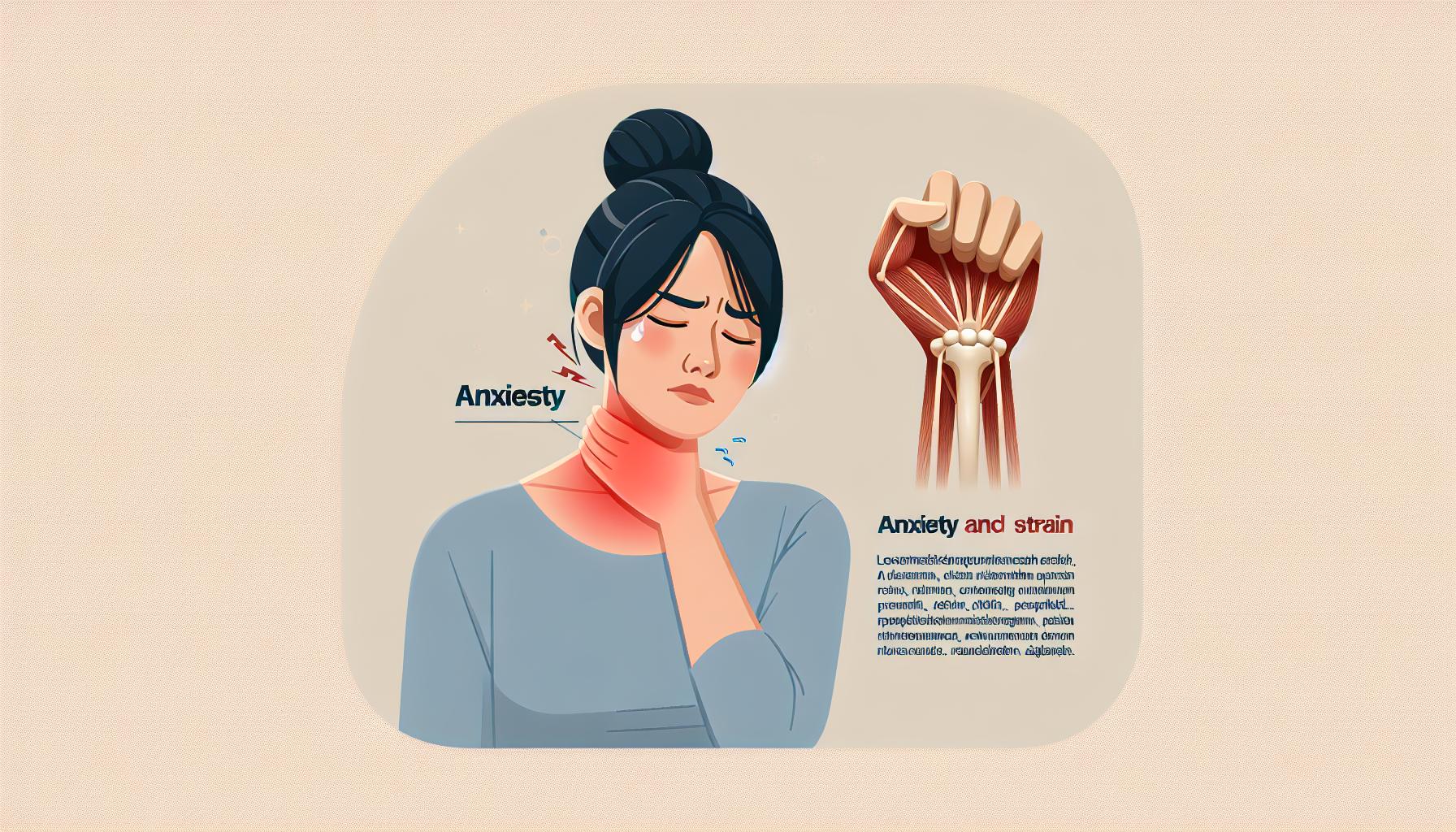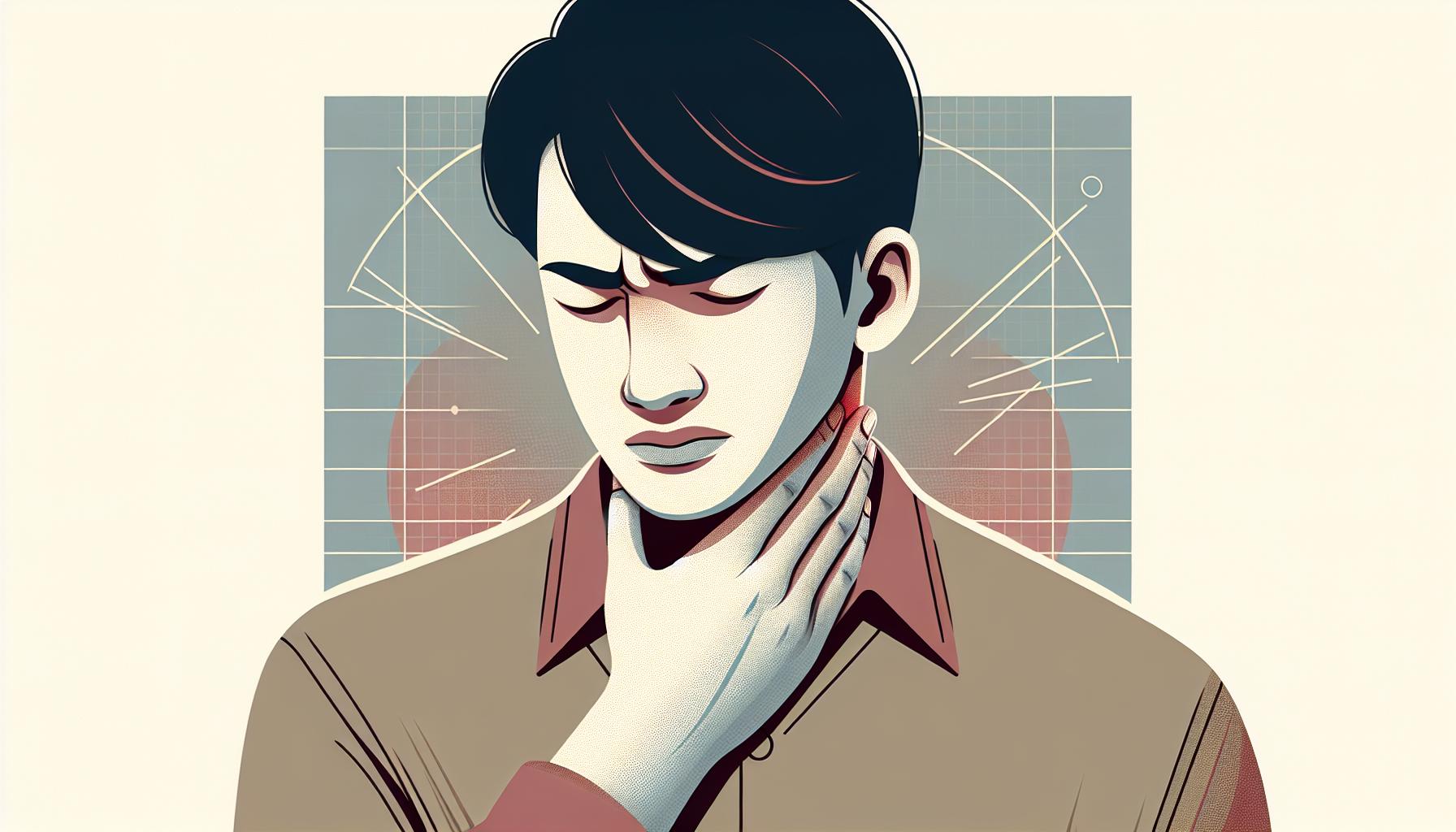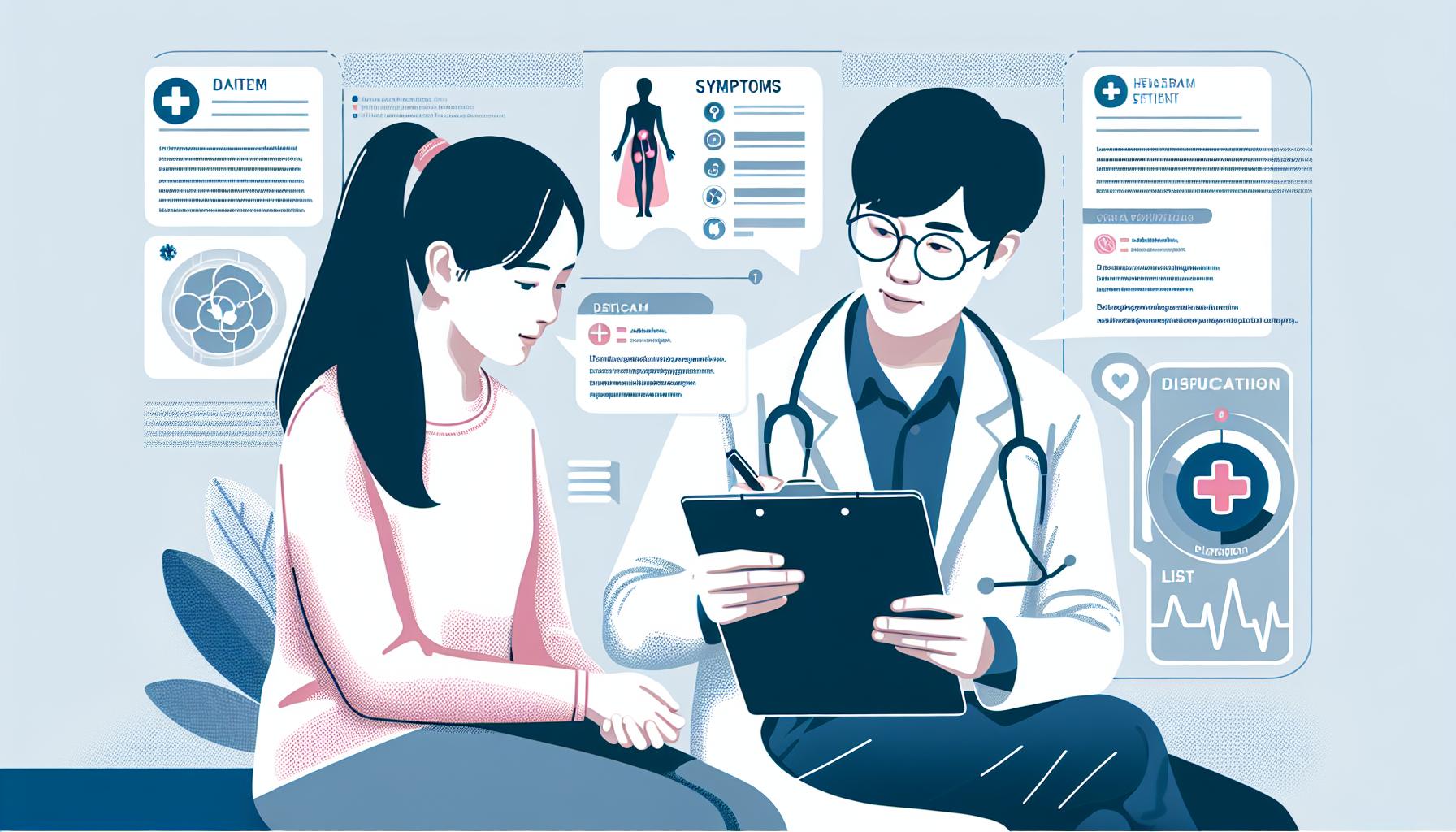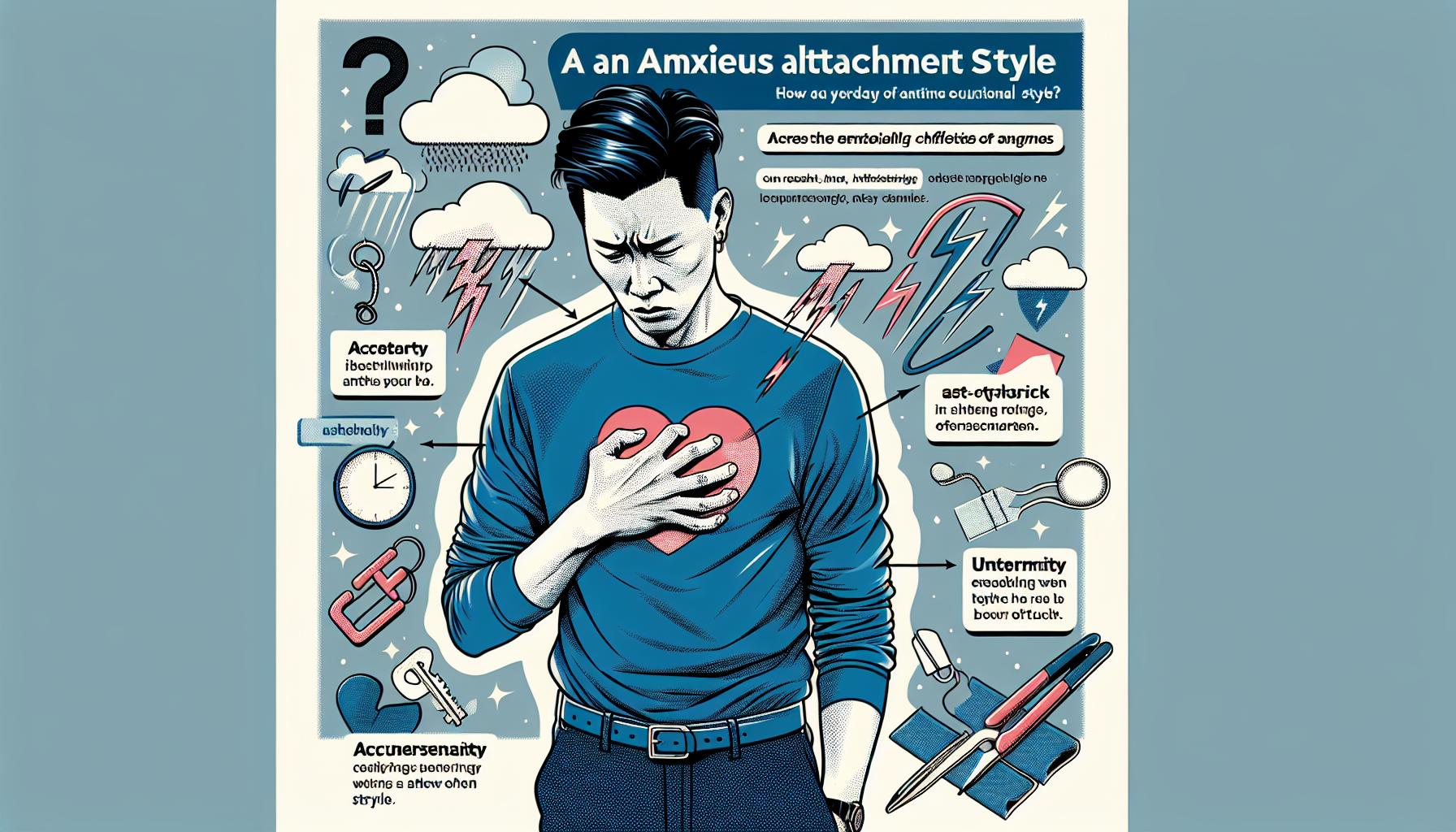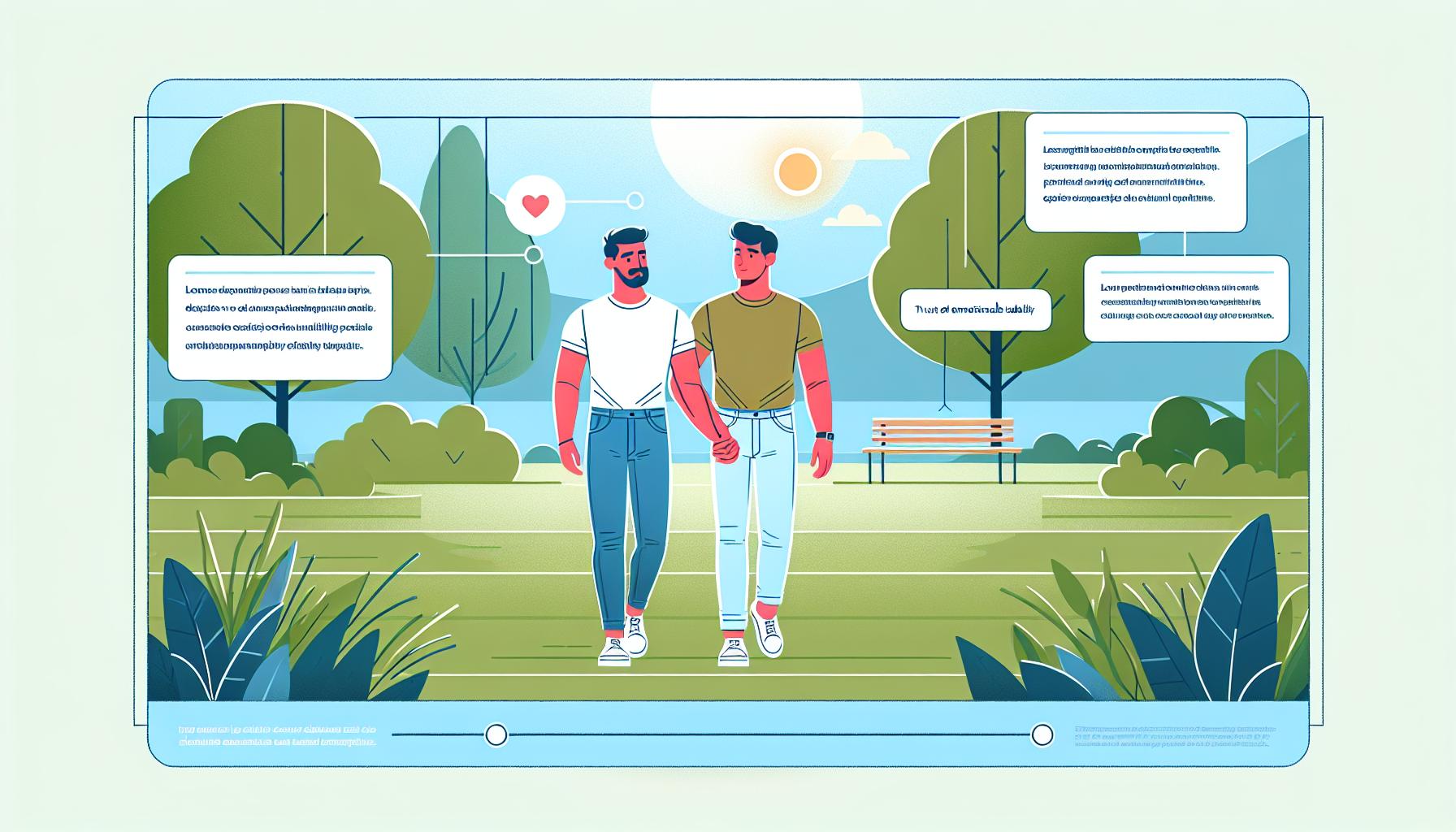You’re probably familiar with Zyrtec – a popular over-the-counter medication often used to combat allergies. But have you ever wondered if it’s got potential beyond just keeping your sneezes at bay? Specifically, could Zyrtec be a secret weapon against anxiety?
It’s a question that’s been floating around, causing a stir among anxiety sufferers and healthcare professionals alike. After all, if Zyrtec could help ease anxiety, it would be a game-changer. Let’s delve into the facts and see what the science says.
Key Takeaways
- Zyrtec is a popular over-the-counter medication primarily used to combat symptoms of allergies by blocking histamine.
- Some people report feeling less anxious after taking Zyrtec due to its calming or sedating effect. Additionally, antihistamines like Zyrtec may affect serotonin levels in the brain, possibly influencing mood and anxiety levels.
- Zyrtec’s potential effect on anxiety is currently unsubstantiated by solid clinical research and any effects on anxiety are likely secondary to its primary role in allergy relief.
- Scientific studies suggest a potential association between Zyrtec and anxiety relief, but more rigorous, large-scale scientific studies are required to fully confirm these observations.
- Zyrtec’s approval by the US Food and Drug Administration is for allergy relief, not for treating anxiety. For those seeking help managing anxiety, always consult a healthcare provider.
- Though still in the realm of speculation, Zyrtec being a type of drug known as an H1 histamine antagonist, might be related to its potential benefits in alleviating anxiety. Large-scale studies are required to validate this.
Understanding Zyrtec
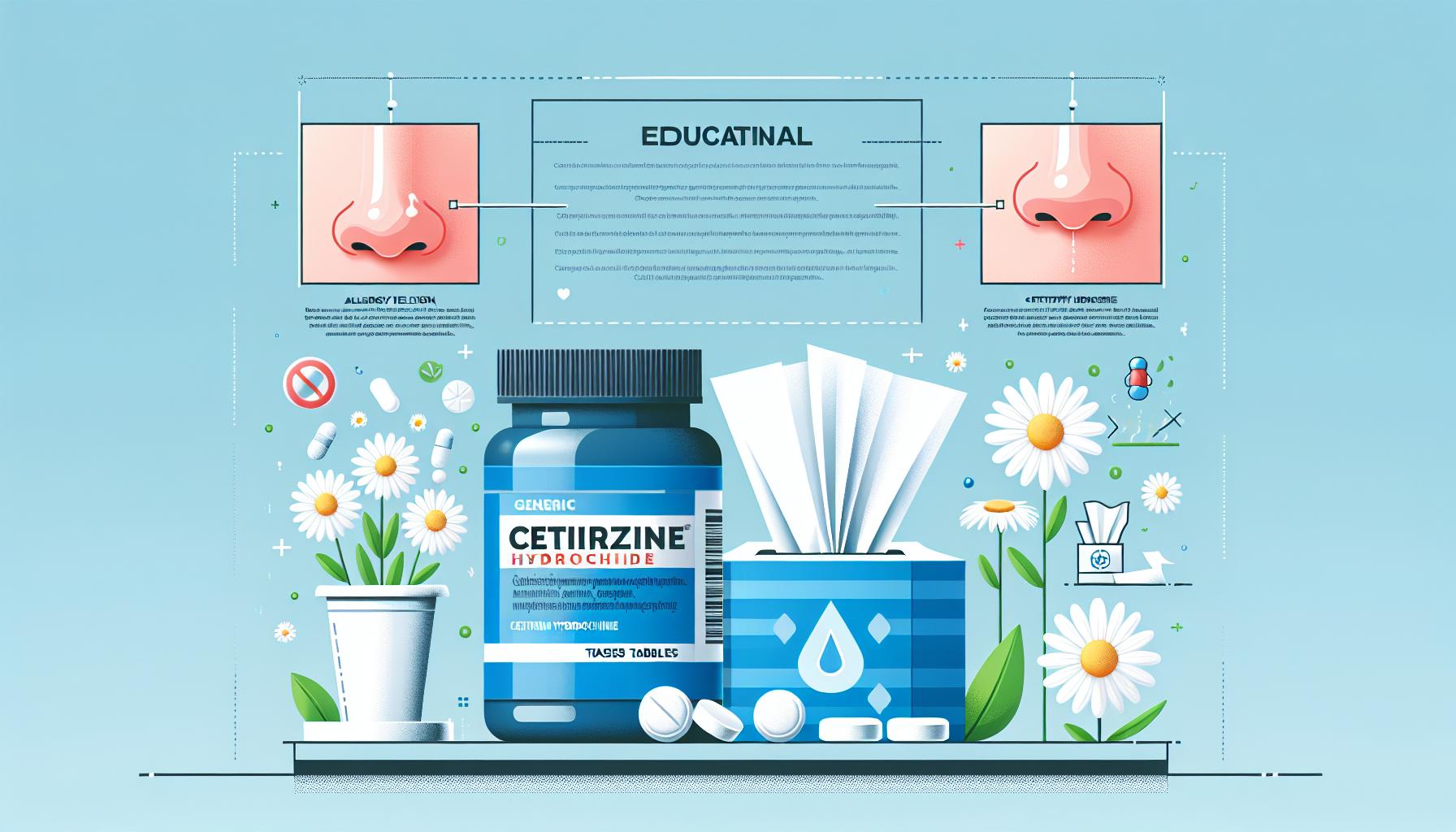
Let’s dive deeper into Zyrtec. Technically known as cetirizine hydrochloride, it’s an over-the-counter medication primarily used to combat symptoms of allergies. These include runny nose, watery eyes, sneezing, itching, and hives. But it’s not just another antihistamine. Understanding Zyrtec is key to uncovering its potential extended applications, like its possible use in managing symptoms of anxiety.
Zyrtec works by blocking histamine, a compound released by your body’s cells during an allergic reaction. Histamine, while necessary for protecting your body, can trigger uncomfortable symptoms. Zyrtec essentially steps in to keep your body’s response in check.
The typical dosage for adults is one 10-milligram tablet once a day. The drug is understood to be well-tolerated by most people, but it’s important to be aware of its potential side effects. These range from mild issues like drowsiness, dry mouth, and fatigue, to less common but serious symptoms such as confusion, difficulty urinating, or vision problems.
| Zyrtec Facts | Information |
|---|---|
| Chemical Name | Cetirizine Hydrochloride |
| Primary Use | Allergy Symptom Relief |
| Common Side Effects | Drowsiness, Dry Mouth, Fatigue |
| Less Common, but Serious Side Effects | Confusion, Difficulty Urinating, Vision Problems |
| Typical Dosage | One 10-mg Tablet Once a Day |
The standard capabilities of Zyrtec in dealing with allergies are widely known. Now, the spotlight is shifting towards its novel applications. Could Zyrtec, a common allergy medication, be an unexpected tool in your anxiety relief kit? That’s what we intend to delve into in the next sections. Remember, always consult with a healthcare professional before starting or changing any medication strategy.
The Link Between Zyrtec and Anxiety
As you continue your quest to explore Zyrtec’s potential in managing anxiety, it’s pivotal to understand the link between these two. A well-documented side effect of Zyrtec is a calming or sedating effect that many attribute to Zyrtec’s antihistaminic properties. Some people report feeling less anxious after taking Zyrtec, which has sparked an interest in its possible application in anxiety relief.
Further, antihistamines like Zyrtec are known to affect serotonin levels in the brain. Research shows that serotonin, often referred to as the “feel-good hormone,” plays a crucial role in mood regulation. As such it’s plausible that shifts in serotonin levels induced by Zyrtec could be a contributing factor to the perceived reduction in anxiety. However, this assertion remains largely unsubstantiated by solid clinical research, warranting further investigation. There’s an overlaying need to caution that any effects Zyrtec may have on anxiety are likely secondary to its primary role in allergy relief.
In the table below, you’ll find a summary of Zyrtec’s potential impact on serotonin and anxiety.
| Effect | Explanation |
|---|---|
| Sedation | Zyrtec can have a sedating effect. This calming influence may lead to a perceived reduction in anxiety. |
| Serotonin Levels | Zyrtec, like other antihistamines, could potentially affect serotonin levels in the brain, possibly influencing mood and anxiety. |
As interesting as these speculations might be, it’s critical to remember that Zyrtec is, at its core, an allergy medication. Even if it were to help with anxiety, this application would be considered off-label. Therefore, before considering Zyrtec for anxiety relief, it is imperative to consult with a healthcare professional.
As our journey into this topic continues, we’ll explore in more detail what the scientific community thinks about the potential correlation between Zyrtec and anxiety, and why it’s so important to talk to your doctor about these considerations.
Scientific Studies on Zyrtec and Anxiety
While there have been some studies suggesting a potential association between Zyrtec and anxiety, the scientific community appears to maintain a more guarded perspective. This lack of definitive scientific backing is essential for you to remember when considering a medication for a purpose it was not primarily designed for.
Let’s delve deeper into a few notable studies. A 2005 study involving animal models demonstrated antihistamines, including Zyrtec, exhibited anti-anxiety effects. Yet, the direct application of these results to humans is not straightforward due to the pronounced physiological differences between species. Another study published in 2011 noted a potential correlation between antihistamine use and anxiety symptoms among patients. However, this study relied on patient self-reporting, which may introduce bias and should not be taken as concrete proof.
As for research focusing on Zyrtec’s impact on serotonin levels — a neurotransmitter closely associated with mood and anxiety — this area remains fairly unexplored. While some trials have hinted at this possibility, they mainly include a small sample size and are therefore limited in their capacity to produce conclusive findings.
To sum up, while some research indicates a potential link between anxiety relief and Zyrtec, more rigorous, large-scale scientific studies are required to fully confirm these preliminary observations.
As of now, it’s essential for you to remember that Zyrtec’s approval by the US Food and Drug Administration is for allergy relief, not for treating anxiety. For those seeking help managing anxiety, always consult a healthcare provider. These professionals can guide you towards approved treatments and help you navigate the complexities of off-label use, ensuring you’re informed and safe. And remember, science is an ever-evolving field. What we know today may very well change as new research unfolds.
Potential Benefits of Zyrtec for Anxiety

While the connections between Zyrtec and anxiety aren’t fully established, many people report a sense of relief from anxiety when they turn to this drug. It’s generally used for allergy relief, but a glance at some online forums or a quick conversation with other people who cope with anxiety might reveal that Zyrtec can, in some cases, work as an anti-anxiety medication.
Why might this be? What’s inside Zyrtec that could potentially stave off the feeling of crippling worry or intrusive thoughts? The answer might lie in the mechanism of the drug. Zyrtec, also known as cetirizine, is a type of drug known as an H1 histamine antagonist. Histamines are chemicals that your body produces in response to an allergic reaction, so by blocking their effects, cetirizine helps to alleviate allergy symptoms.
But, that’s not all. This class of drugs also demonstrates some efficacy in treating anxiety, even though they are not officially approved for this use. For instance, clinical trials and studies on animals have hinted at the anti-anxiety capacities of other H1 histamine antagonists, such as hydroxyzine. When these results are considered, it’s possible that the benefits provided by Zyrtec in alleviating anxiety might be related to its similar mechanism of action.
It should be noted, though, that this is purely speculative and the drugs are fundamentally different in some ways. What this emphasizes is the need for large-scale studies to validate the off-label use of Zyrtec in anxiety management. Until then, you should continue to follow medical advice and access evidence-based treatments for anxiety. While it might be tempting to self-medicate, especially in the light of the potential benefits highlighted, always consult a healthcare professional.
Conclusion
So, you’ve discovered that Zyrtec might have some potential in easing anxiety symptoms. It’s intriguing to consider how a medication primarily for allergies could also help manage anxiety. However, it’s crucial to remember that this is mostly based on anecdotal evidence and the drug’s mechanism of action. Large-scale studies are still needed to confirm these potential anti-anxiety properties. Self-medication is never a wise move, especially when it comes to mental health. Always consult with your healthcare provider for the best, evidence-based treatment options for anxiety. Stay informed, stay safe, and remember – you’re not alone in your journey to manage anxiety.
What is the main topic of the article?
The main topic of the article is exploring the potential of using Zyrtec, an H1 histamine antagonist used primarily for allergies, to manage anxiety symptoms.
Is Zyrtec proven to be effective for anxiety relief?
While there are anecdotal reports about Zyrtec’s effectiveness in managing anxiety, the article emphasizes that more research through large-scale studies is needed to validate its off-label use for anxiety management.
What is the mechanism of action for Zyrtec?
Zyrtec is an H1 histamine antagonist. It works by blocking the action of histamine, a substance in the body that causes allergic symptoms. Its anti-anxiety properties are speculated to be similar to other drugs in its class.
What does the article advise about self-medication?
The article strongly advises against self-medicating with Zyrtec for anxiety relief. It stresses the importance of consulting healthcare professionals for evidence-based treatments for anxiety.
What further research does the article suggest?
The article suggests that there is a need for more large-scale studies to validate the potential of Zyrtec for anxiety management.
The post Unveiling Zyrtec’s Potential: Can It Alleviate Anxiety Symptoms? appeared first on After Anxiety.
Unveiling Zyrtec’s Potential: Can It Alleviate Anxiety Symptoms? published first on https://after-anxiety.com/

